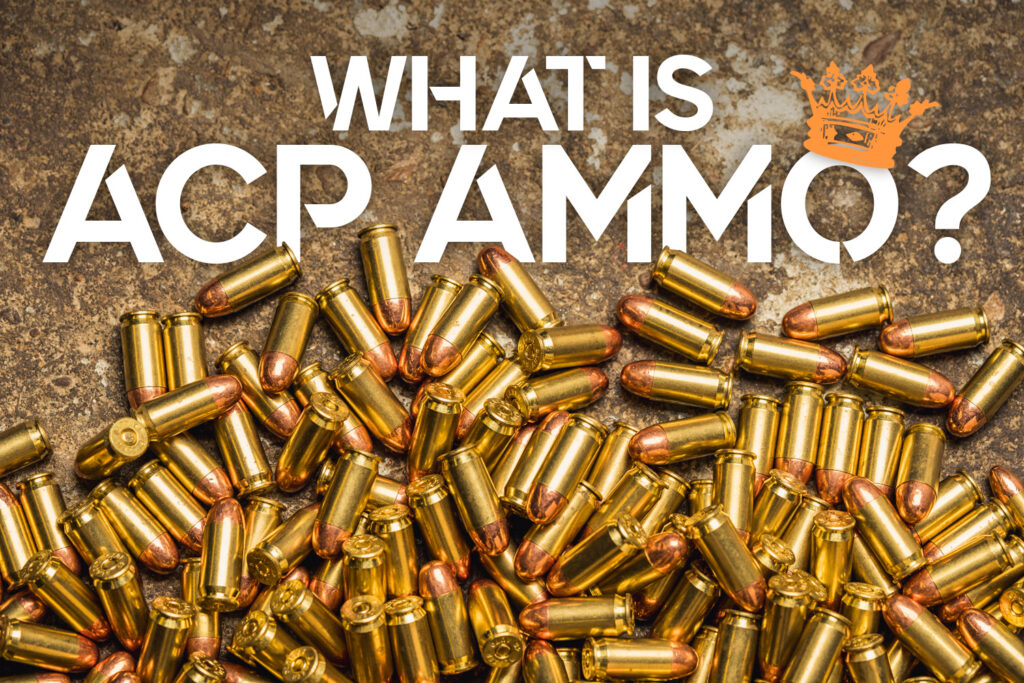5 Simple Techniques For Ammunition Pro Llc
5 Simple Techniques For Ammunition Pro Llc
Blog Article
Little Known Facts About Ammunition Pro Llc.
Table of ContentsA Biased View of Ammunition Pro LlcAll about Ammunition Pro LlcMore About Ammunition Pro LlcNot known Factual Statements About Ammunition Pro Llc Ammunition Pro Llc Fundamentals Explained
The fundamental components of ammunition coincide for rifle, pistol, and shotgun ammunition. Recognizing exactly how ammo functions is an essential aspect in being a liable gun owner. Today we're checking out the what the fundamental components of ammunition are and just how they interact to terminate a round. The basic parts of ammunition shown on a 9mm. Shooting Supplies round.It houses the primer and powder. The bullet is seated in the open end of the instance. When you fire a bullet out of a semi-auto weapon, the gun's extractor raises the instance from the firing chamber and it flies out of the gun. The instance is also sometimes referred to as coverings, brass, or casings.
A gun's shooting pin strikes a cartridge's guide. The primer is located in the rim of the case of a rimfire cartridge.
Ammunition Pro Llc for Beginners
Gunpowder next to the instance that generally contains it. It is generally a mixture of saltpeter, charcoal, and sulfur.

We call the projectiles for shotshells, which we discharge via shotguns, slugs and shot. A slug is one strong item, usually made out of lead. Shot is a team of pellets constructed of lead, steel, bismuth, or tungsten alloy. Shot pellets can come in various sizes and quantities. Currently that you have a standard understanding of the fundamental parts of ammunition, you can feel a little a lot more certain in exactly how your weapon and ammo function!.
Excitement About Ammunition Pro Llc
Stay up to date with Special Deals, Advancement Notice of Sales, and Shop Occasions
Fun truth: Grains are used to explain the mass of a bullet since right back in the very early days of weapons, it was a dispenser's unit of measurement, and a common denominator was needed to determine just how much cause make use of to make cast lead bullets (Firearm Ammunition). 'Grains' as an unit of step for weight goes all the way back to ancient times, and stands for the weight of a grain of wheat

(https://ideone.com/S5tLE1)For reference, the weight of a paper clip has to do with 16 gr. So, we understand that grains are a measure of mass, and much more = heavier, and heavy is good, best? Yes, heavy is good, but mass of the projectile isn't the only point you need to consider when selecting a round for your weapon.
Not known Details About Ammunition Pro Llc
Fun reality, this is the origin of the term "Rifle" ex lover. The effect this spin has on projectiles is a maintaining one the bullet revolving keeps the nose aimed straight, in the exact same means that a perfectly spiraled football toss is going to be much extra steady and precise in flight than an awful duck, end over end throw.
How does this connect to grain weight? Picture you're on one of those play area carousels, the ones with bars you hold on to while it spins.
The same impact takes place with bullets. The much heavier the projectile, the more result a much faster rotate will certainly have on it.
The Ultimate Guide To Ammunition Pro Llc
Yet there's one more aspect that we have to take into consideration when selecting a grain weight for our ammo. As meant above, bullet rate, or the speed of the projectile, is a significant variable when establishing the most effective grain weight projectile to make use of. Speed is affected by a few significant variables, including the type and quantity of propellant (gunpowder), barrel length, and bullet weight.

The most common grain weight rounds for 9x19mm cartridges are 115gr and 124gr. Both of these grain weight cartridges will certainly carry out well in factory 9mm pistols, to regular handgun distances (up to 50 backyards).
Report this page